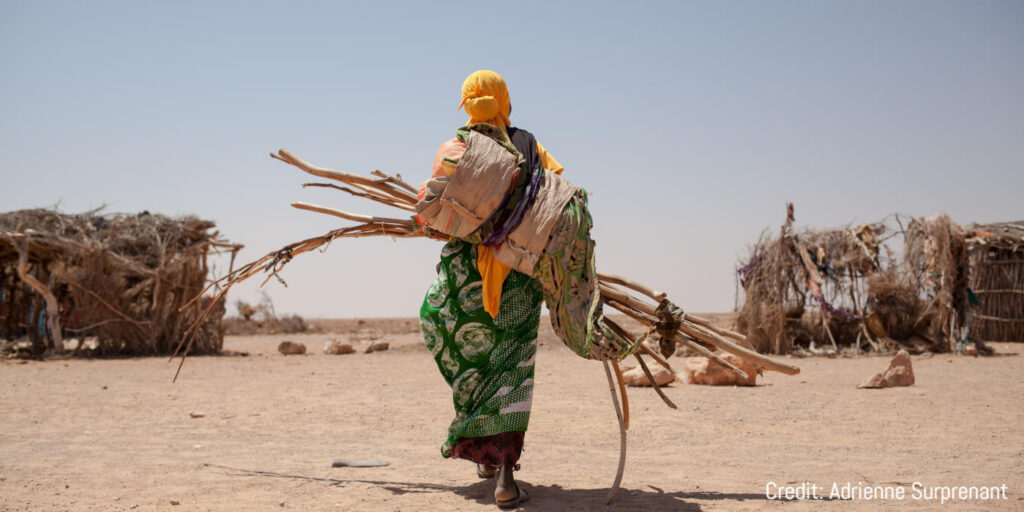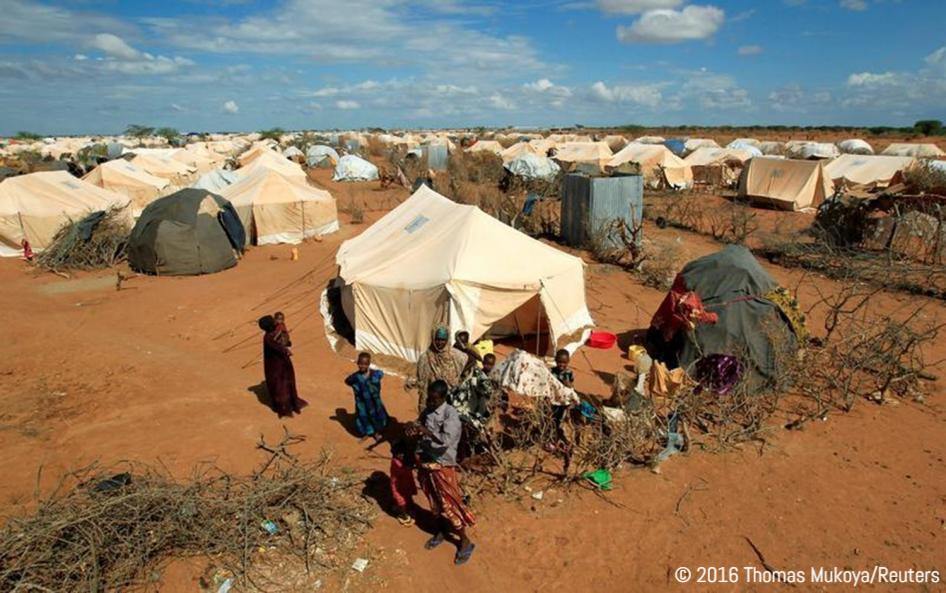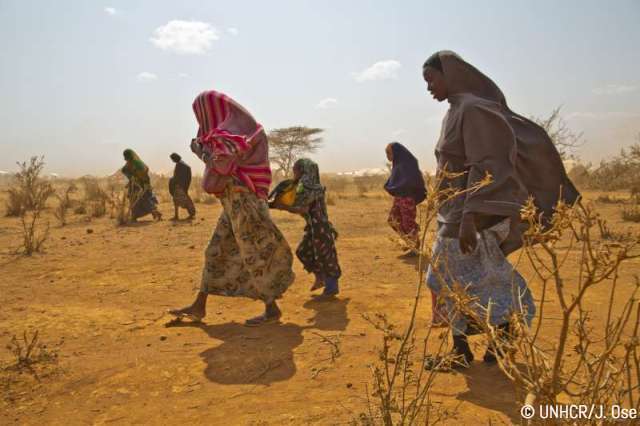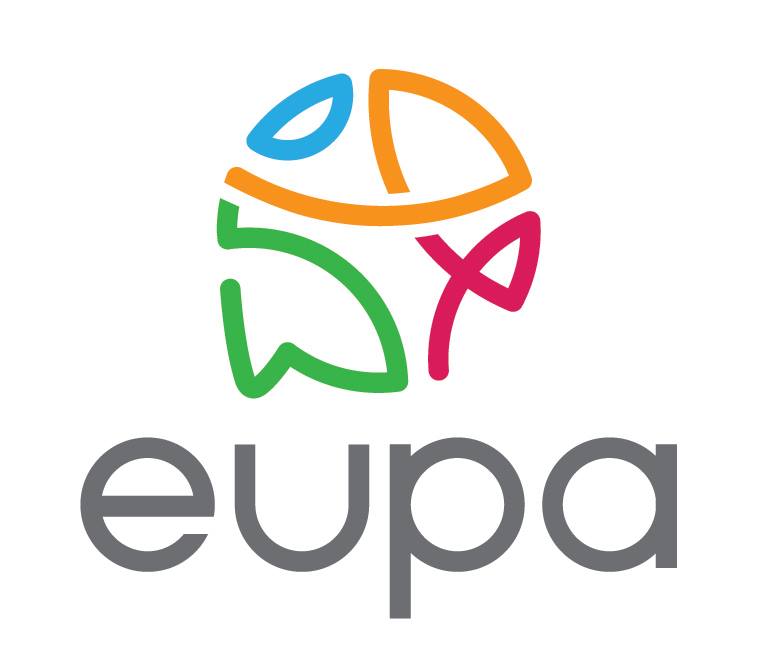With summer 2019 seeing a rise in the number of Mediterranean crossings as weather conditions allow, it is easy to think only of the immediacy and urgency of the situation, and see this small part of an asylum-seeker’s journey in isolation from the rest of their experience. Whilst such desperate journeys certainly mark a fundamental part of the refugee experience, this month’s focus will examine what happens when flight and urgency set the stage for a much longer struggle: a protracted displacement situation, and the establishment of a non-transient migrant community.
At first glance the name protracted displacement situation may seem like an odd term to describe an equally odd concept. After all, the word ‘crisis’ so often used in relation to asylum-seekers in the media evokes images such as those described above – of sudden, short-term problems requiring band-aid solutions. A blip in an otherwise stable reality which will eventually reassert itself. Indeed the ad hoc, situational approach to managing crossings in the Mediterranean endorses such a view.
A growing number of displacement situations around the globe however pose a real challenge to this theory, with an ODI report from 2015 revealing the alarming statistic that since the 1970s, around 80% of refugee crises have lasted for 10 years or more. So how do we go about defining and understanding those cases where far from bouncing back to a manageable status quo, a crisis persists in the vacuum of durable solutions and in doing so brings a host of new problems to an already disadvantaged group?
In a document addressing the issue, UNHCR label such protracted situations as a ‘long-lasting and intractable state of limbo’ for displaced people. They describe a situation where a group of people, despite being free from immediate threat to life, find themselves unable to make use of any of the three durable solutions, these being integration, resettlement, and repatriation, and thus remain to varying degrees restricted, dependent, and un-integrated.
Although many of the issues could be equally associated with situations of poverty or low development – such as funding gaps (particularly as media spotlight fades), or lack of access to certain necessary facilities, protracted displacement is still distinct from poverty or low development, since it brings with it a number of problems specific to the displacement situation.
An inability to integrate into the local culture and labour market due to lack of legal status can create a lifetime of forced dependency within displaced communities. This is compounded as political machinations can limit the possibility to naturalise, leaving entire communities segregated – either literally in camps, or in general terms in the case of urban refugees. For those who have little choice but to live their daily lives this way, other issues such as 2nd generation displacement also rear their heads. An increased physical and mental removal from their home culture also poses a serious threat both to mental health, and the prospect of repatriation and reintegration into their home community, even as the threat to life has passed. These issues and more will be covered in this month’s content.
The Case of Somalia
Conflict in Somalia for almost 30 years has displaced, both internally and abroad, around 3 million men, women and children, (around ¼ of the entire population) making it in many ways the paradigmatic example of a protracted displacement situation. It also offers a warning against ignoring or misunderstanding the needs and nature specific to protracted crises. Indeed, the stagnation of progress in terms of life quality for the Somali people has in some commentaries been attributed to precisely this tendency to apply short-term fixes in long-term situations.
In day-to-day terms this means real impacts on real people. Limited rights mean limited resilience, creating vulnerabilities to drought, and little opportunity to address protection risks. Tensions with host communities naturally flow from such vulnerabilities, creating security concerns potentially requiring additional intervention.
The proposed closure this year of the Dadaab camp in Kenya which hosted many Somali refugees truly brings home the scale of insecurity faced by the Somali diaspora. A long-established camp, with schools, markets, and even a bus station, Dadaab was a testament to the resilience of the Somali people. It now stands as an indictment of an international response and policy pool which have failed to recognize the needs specific to long-term displacement and have continued to leave millions living a precarious existence.
With protracted displacement forming such a major aspect of today’s migration questions, not only in Somalia but across the globe, a deeper understanding of the issues and potential solutions will doubtless form a strong focus for the future of humanitarianism in displacement contexts.
Look out for more on this topic throughout the month where coming blogs will focus more on the issues arising from protracted displacement, the interventions attempted by the Humanitarian community and an in-depth case study of the Rohingya will be explored. We’ll end the month with a podcast and you can always ask for more info through our social media platforms.
If you are interested in the work of MOAS and our partners, please follow us on social media, sign up to our newsletter and share our content. You can also reach out to us any time via [email protected]. If you want to support our operations, please give what you can at www.moas.eu/donate.




